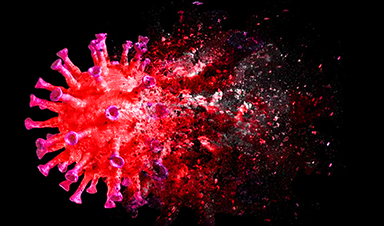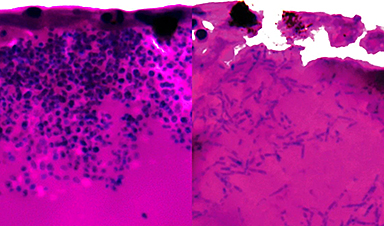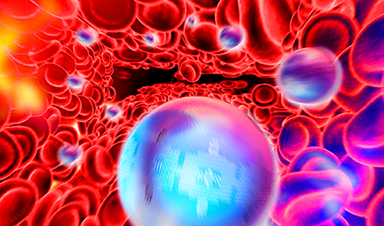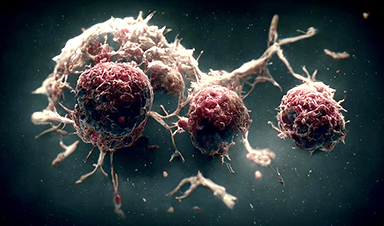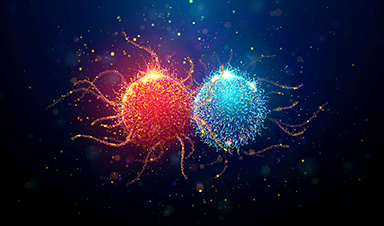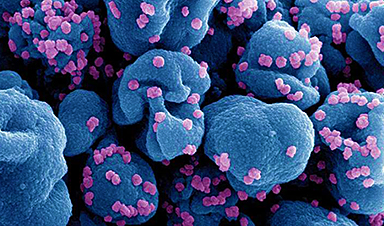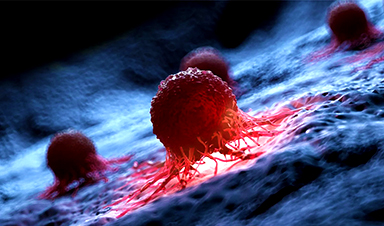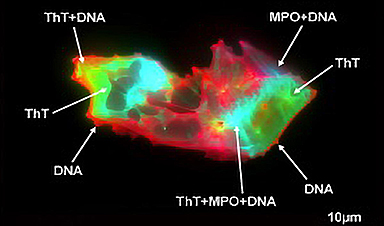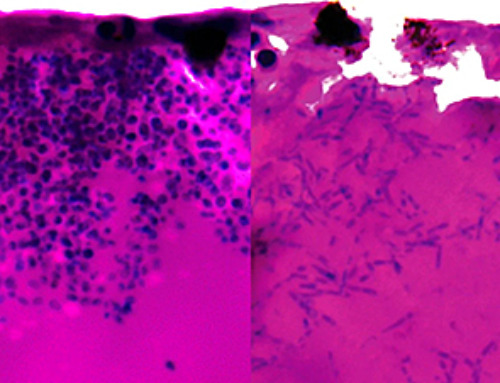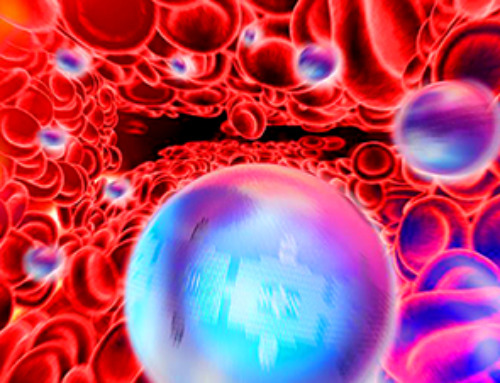AI can now predict deadly heart arrhythmias up to two weeks in advance, potentially transforming cardiac care.
Artificial intelligence could play a key role in preventing many cases of sudden cardiac death, according to a new study published in the European Heart Journal. Researchers from Inserm, Paris Cité University, and the Paris public hospital group (AP-HP), in collaboration with colleagues in the United States, have developed an artificial neural network modeled after the human brain.
By analyzing data from over 240,000 ambulatory electrocardiograms (ECGs), the AI algorithm was able to identify patients at high risk of experiencing a life-threatening arrhythmia capable of triggering cardiac arrest within two weeks—with an accuracy exceeding 70%.
Sudden cardiac death claims more than 5 million lives globally each year. Often, these fatal events occur without warning, affecting individuals with no prior diagnosis of heart disease.
This study highlights the potential of AI to significantly improve the early detection of dangerous arrhythmias, abnormal heart rhythms that can lead to sudden cardiac arrest, by identifying at-risk patients before symptoms appear.
Developing an AI That Mimics the Brain
As part of this study, a network of artificial neurons was developed by a team of engineers from the company Cardiologs (Philips group) in collaboration with the universities of Paris Cité and Harvard. What this algorithm does is imitate the functions of the human brain in order to improve the prevention of cardiac sudden death.
The researchers analyzed several million hours of heartbeats thanks to data from 240,000 ambulatory electrocardiograms collected in six countries (USA, France, UK, South Africa, India, and Czechia).
Thanks to artificial intelligence, the researchers were able to identify new weak signals that herald the risk of arrhythmia. They were particularly interested in the time needed to electrically stimulate and relax the heart ventricles during a complete cycle of cardiac contraction and relaxation.
New Predictive Signals Identified
"By analyzing their electrical signal for 24 hours, we realized that we could identify the subjects susceptible of developing a serious heart arrhythmia within the next two weeks. If left untreated, this type of arrhythmia can progress towards a fatal cardiac arrest," explains Dr. Laurent Fiorina, first author of the study, researcher at the Paris Cardiovascular Research Centre (PARCC) (Inserm/Paris Cité University)," cardiologist at Cardiovascular Institute Paris-Sud (ICPS) (Ramsay, Massy), and medical director in charge of artificial intelligence at Philips.
While the artificial neural network is still in the evaluation phase, it showed itself in this study to be capable of detecting at-risk patients in 70% of cases, and no-risk patients in 99.9% of cases.
In the future, this algorithm could be used to monitor at-risk patients in hospitals. If its performance is refined, it could also be used in devices such as ambulatory Holters that measure blood pressure to reveal hypertension risks. It could even be used in smartwatches.
A Paradigm Shift in Cardiac Risk Prediction
"What we're proposing here is a paradigm change in the prevention of sudden death, "comments Eloi Marijon, Inserm research director at PARCC (Inserm/Paris Cité University), professor of cardiology at Paris Cité University and head of the cardiology department at Georges Pompidou European Hospital AP-HP.
"Until now we'd been trying to identify patients at risk over the medium and long term, but were incapable of predicting what could happen in the minutes, hours, or days that precede a cardiac arrest. Now, thanks to artificial intelligence, we can predict these events in the very short term and potentially take action before it's too late."
The researchers now wish to conduct prospective clinical studies to test the efficacy of this model under real-world conditions.
"It's essential for this technology to be evaluated in clinical trials before being used in medical practice," insists Dr. Fiorina. "But what we've already shown is that AI has the potential to radically transform the prevention of serious arrhythmias."
Reference: "Near-term prediction of sustained ventricular arrhythmias applying artificial intelligence to single-lead ambulatory electrocardiogram" by Laurent Fiorina, Tanner Carbonati, Kumar Narayanan, Jia Li, Christine Henry, Jagmeet P Singh and Eloi Marijon, 30 March 2025, European Heart Journal.
DOI: 10.1093/eurheartj/ehaf073
News
AI Helped Scientists Stop a Virus With One Tiny Change
Using AI, researchers identified one tiny molecular interaction that viruses need to infect cells. Disrupting it stopped the virus before infection could begin. Washington State University scientists have uncovered a method to interfere with a key [...]
Deadly Hospital Fungus May Finally Have a Weakness
A deadly, drug-resistant hospital fungus may finally have a weakness—and scientists think they’ve found it. Researchers have identified a genetic process that could open the door to new treatments for a dangerous fungal infection [...]
Fever-Proof Bird Flu Variant Could Fuel the Next Pandemic
Bird flu viruses present a significant risk to humans because they can continue replicating at temperatures higher than a typical fever. Fever is one of the body’s main tools for slowing or stopping viral [...]
What could the future of nanoscience look like?
Society has a lot to thank for nanoscience. From improved health monitoring to reducing the size of electronics, scientists’ ability to delve deeper and better understand chemistry at the nanoscale has opened up numerous [...]
Scientists Melt Cancer’s Hidden “Power Hubs” and Stop Tumor Growth
Researchers discovered that in a rare kidney cancer, RNA builds droplet-like hubs that act as growth control centers inside tumor cells. By engineering a molecular switch to dissolve these hubs, they were able to halt cancer [...]
Platelet-inspired nanoparticles could improve treatment of inflammatory diseases
Scientists have developed platelet-inspired nanoparticles that deliver anti-inflammatory drugs directly to brain-computer interface implants, doubling their effectiveness. Scientists have found a way to improve the performance of brain-computer interface (BCI) electrodes by delivering anti-inflammatory drugs directly [...]
After 150 years, a new chapter in cancer therapy is finally beginning
For decades, researchers have been looking for ways to destroy cancer cells in a targeted manner without further weakening the body. But for many patients whose immune system is severely impaired by chemotherapy or radiation, [...]
Older chemical libraries show promise for fighting resistant strains of COVID-19 virus
SARS‑CoV‑2, the virus that causes COVID-19, continues to mutate, with some newer strains becoming less responsive to current antiviral treatments like Paxlovid. Now, University of California San Diego scientists and an international team of [...]
Lower doses of immunotherapy for skin cancer give better results, study suggests
According to a new study, lower doses of approved immunotherapy for malignant melanoma can give better results against tumors, while reducing side effects. This is reported by researchers at Karolinska Institutet in the Journal of the National [...]
Researchers highlight five pathways through which microplastics can harm the brain
Microplastics could be fueling neurodegenerative diseases like Alzheimer's and Parkinson's, with a new study highlighting five ways microplastics can trigger inflammation and damage in the brain. More than 57 million people live with dementia, [...]
Tiny Metal Nanodots Obliterate Cancer Cells While Largely Sparing Healthy Tissue
Scientists have developed tiny metal-oxide particles that push cancer cells past their stress limits while sparing healthy tissue. An international team led by RMIT University has developed tiny particles called nanodots, crafted from a metallic compound, [...]
Gold Nanoclusters Could Supercharge Quantum Computers
Researchers found that gold “super atoms” can behave like the atoms in top-tier quantum systems—only far easier to scale. These tiny clusters can be customized at the molecular level, offering a powerful, tunable foundation [...]
A single shot of HPV vaccine may be enough to fight cervical cancer, study finds
WASHINGTON -- A single HPV vaccination appears just as effective as two doses at preventing the viral infection that causes cervical cancer, researchers reported Wednesday. HPV, or human papillomavirus, is very common and spread [...]
New technique overcomes technological barrier in 3D brain imaging
Scientists at the Swiss Light Source SLS have succeeded in mapping a piece of brain tissue in 3D at unprecedented resolution using X-rays, non-destructively. The breakthrough overcomes a long-standing technological barrier that had limited [...]
Scientists Uncover Hidden Blood Pattern in Long COVID
Researchers found persistent microclot and NET structures in Long COVID blood that may explain long-lasting symptoms. Researchers examining Long COVID have identified a structural connection between circulating microclots and neutrophil extracellular traps (NETs). The [...]
This Cellular Trick Helps Cancer Spread, but Could Also Stop It
Groups of normal cbiells can sense far into their surroundings, helping explain cancer cell migration. Understanding this ability could lead to new ways to limit tumor spread. The tale of the princess and the [...]

